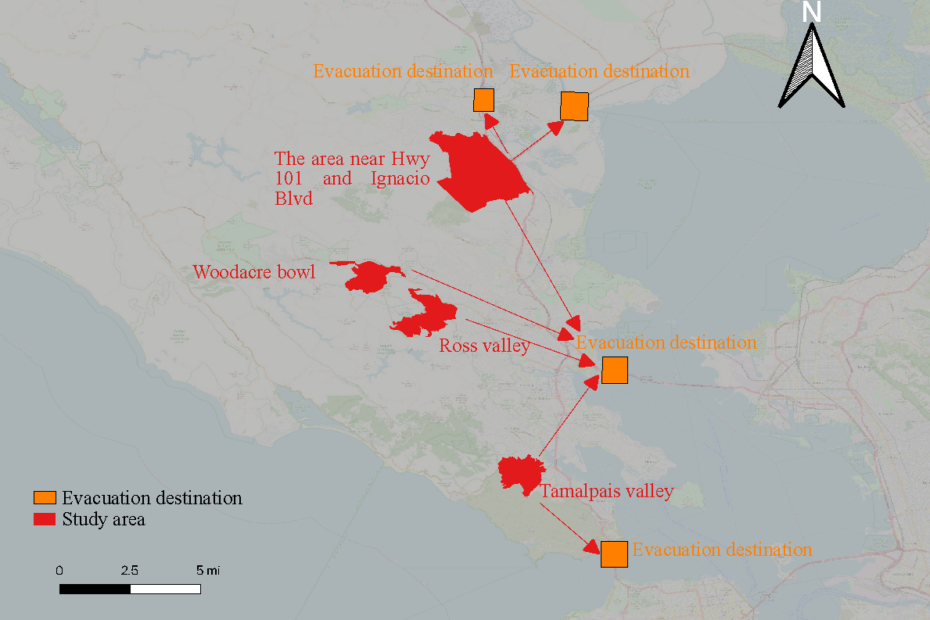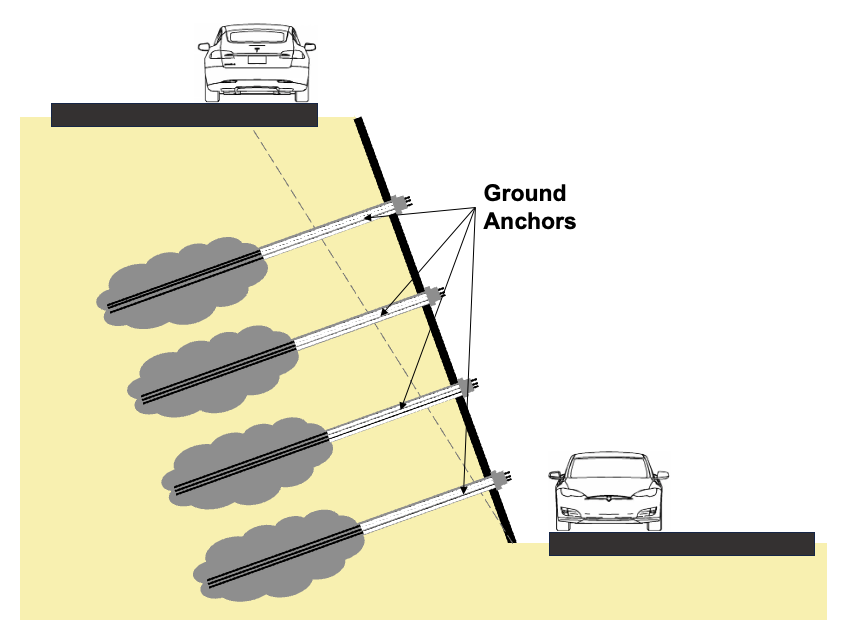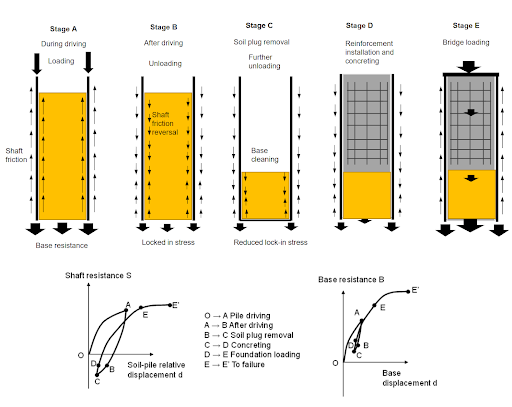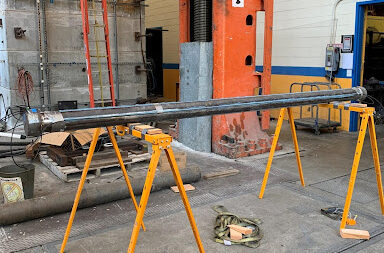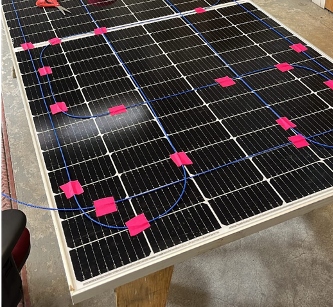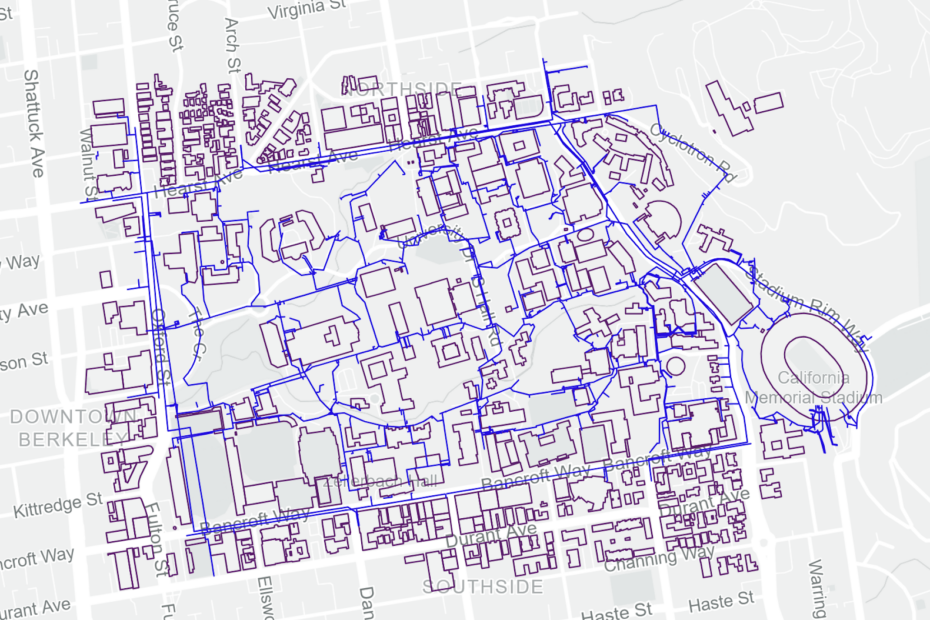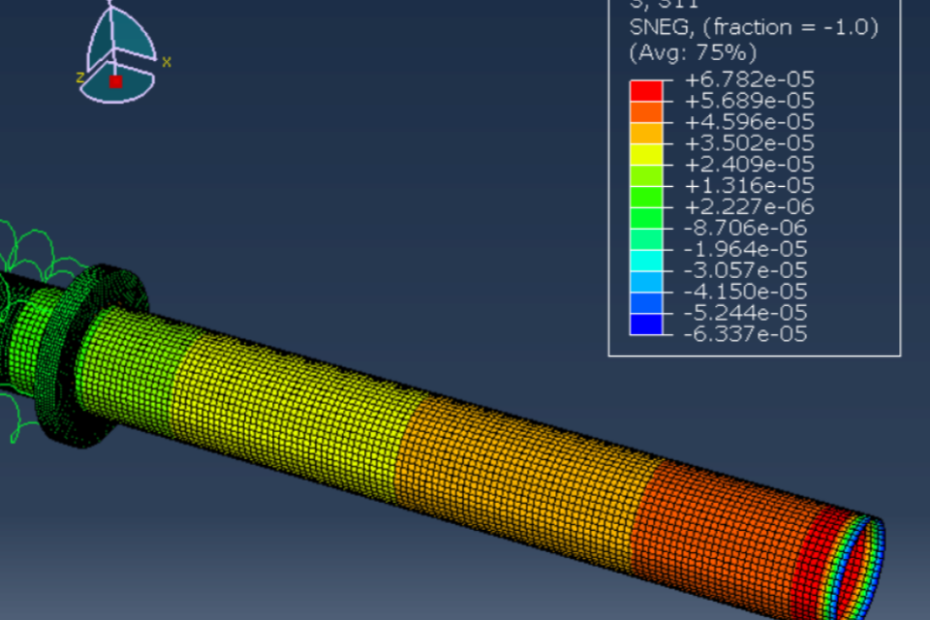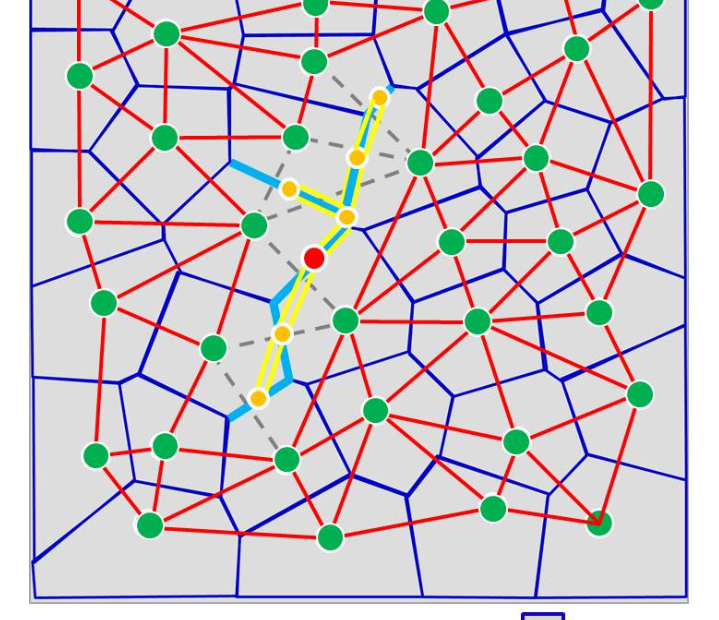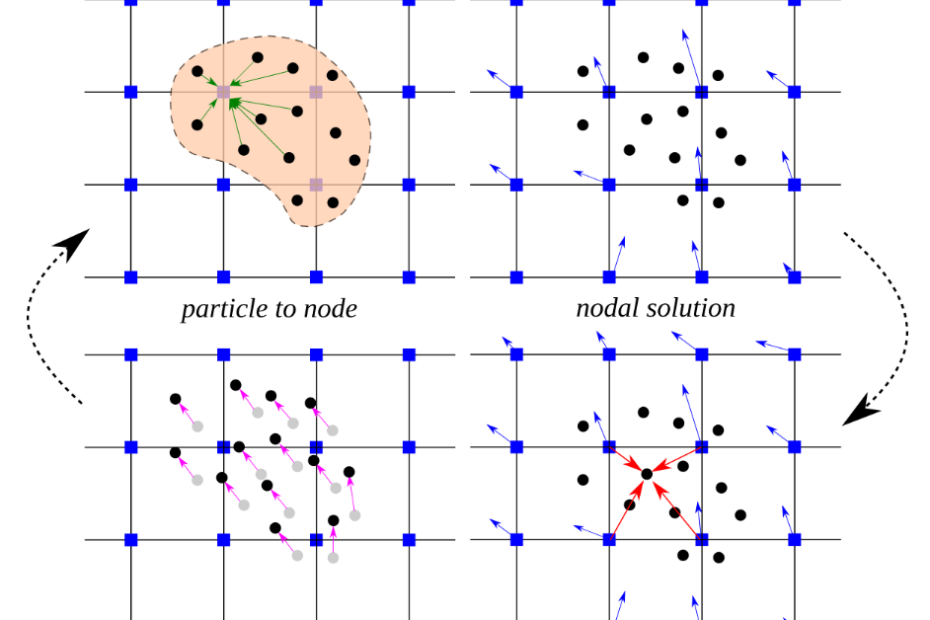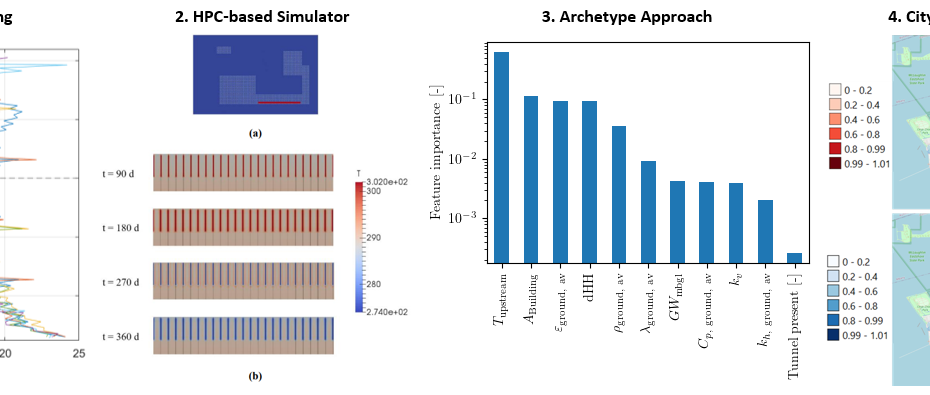Berkeley ITS – Testing wildfire evacuation strategies and coordination plans for Wildland-Urban Interface (WUI) communities in California
Testing wildfire evacuation strategies and coordination plans for Wildland-Urban Interface (WUI) communities in CaliforniaIn the event of a wildfire, government agencies need to make quick and well-informed decisions to ensure the safe evacuation of people. Small communities in Marin County with an …
Read MoreBerkeley ITS – Transit System Vulnerability and Resilience
As part of the California Resilient and Innovative Mobility Initiative (RIMI), this project aims to develop a regionwide multi-modal traffic simulation tool to help with planning and policymaking during the recovery stage of an earthquake, which is expected to help California’s transit systems under…
Read MoreCaltrans – DFOS-embedded Ground Anchors
Caltrans – Geotechnical Resistance Capacity and Stress Distribution of Soil/Grout Interface of Ground Anchors in Various Soil/Rock Conditions using Continuous Fiber Optics Strain Technology and Strain Compatibility Methodology CSI is working with Caltrans to develop a cutting-edge distributed fiber …
Read MoreCaltrans – Evaluation of Soil Plug Geotechnical Resistance in the Design of CISS Piles
CSI has collaborated with Caltrans to deploy a distributed fiber optic sensing technology, specifically Distributed Strain Sensing (DSS) and Distributed Temperature Sensing (DTS) to quantify the effect of Cast-In-Steel Shell (CISS) pile soil plugging on pile capacity. The construction processes of C…
Read MoreCEC / LBNL – NGS-SMART: Natural Gas Storage – Safety Monitoring with Autonomous Reflectometry Technologies
CSI has proposed to develop and field demonstrate an integrated suite of novel, autonomous, and real-time NGS wellbore integrity monitoring technologies based on distributed electromagnetic and fiber optic reflectometry methods. Wellbore integrity is of paramount importance to the safe storage of na…
Read MoreCEC / LBNL- Integrated DFOS for Realtime Monitoring of OWT Gearbox and Tower Operation and Marine Animal Activities
UC Berkeley and Lawrence Berkeley National Laboratory researchers conducted a 4-point bend test and a shake table test to compare and evaluate the capabilities of two technologies: Optical Frequency Domain Reflectometry (OFDR) and Phase-based Time Domain Reflectometry (φ-OTDR) in the context of offs…
Read MoreDistributed Strain Sensing of a Solar PV single-axis tracking system located at the Nextracker Development Center
This project seeks to demonstrate the ability of fiber optic sensing (FOS) technology to produce meaningful data that characterize single-axis tracking systems with regard to dynamic wind loading. This project will explore the ability of FOS technology to capture frequency modes, deflection of fram…
Read MoreDOE – Geothermal based Optimized Energy Systems (GOES)
The majority of electricity utilized by UC Berkeley, along with its entire steam supply for heating, is generated from a co-generation plant situated on campus, which, however, contributes to 80 % of campus CO2 emissions. Moreover, the aged energy delivery system suffers from serious distribution lo…
Read MoreEnel – Wind Turbine Tower Monitoring with Distributed Strain Sensing
CSI researchers fully instrumented a fully operational onshore wind turbine at the Rocky Ridge Wind Farm in Oklahoma in the Fall 2022. Analyzers using different technologies, including an analyzer that implements Distributed Acoustic Sensing (DAS), are currently collecting data daily to perform long…
Read MoreFinite Element Method (FEM)
FEM is a numerical method that utilizes discretization to develop then solve a system of equations to numerically approximate the solution to differential equations of interest. Beyond geotechnical modeling, FEM is very frequently used for modeling structural analysis, heat transfer, fluid flow, mas…
Read MoreLattice Element Method (LEM)
LEM is a numerical method that is used to investigate fracture development in rock materials. It is a novel approach that does not require fracture path to be predefined. Fully coupled 1D beam-element lattice networks are used to represent 3D heterogeneous solid material and fracture flow. These bea…
Read MoreMaterial Point Method (MPM)
MPM is a particle-based method that represents material as a collection of material points. Each material point’s movement is determined via solving Newton’s laws of motion. MPM is a hybrid Eulerian-Lagrangian approach, which uses moving material points and a fixed computational grid. This approach …
Read MoreNSF – CMMI-EPSRC Modeling and Monitoring of Urban Underground Climate Change (MUC2)
CSI aims to advance understanding of the impacts of the urban underground on the subsurface temperature increase at the city scale. In this research, high-performance computing (HPC) based city-scale underground climate change simulator is developed. To calibrate and validate the numerical model, a …
Read MoreNSF – Natural Hazards Engineering Research Infrastructure: Computational Modeling and Simulation Center 2021-2025
The Computational Modeling and Simulation Center (SimCenter) is dedicated to enhancing the nation’s ability to simulate the impact of natural hazards on structures, lifelines, and communities. They offer advanced computational modeling and simulation software tools, support, and educational ma…
Read MoreSCC-IRG Track 1 Designing Smart, Sustainable Risk Reduction in Hazard-Prone Communities: Modeling Risk Across Scales of Time and Space
In response to the NSF Smart & Connected Communities program, this project aims at initiating and expanding collective learning capacity through integrating digital twin simulations and social digital serious games. The goal of this project is to engage decision makers across sectors and scales …
Read More